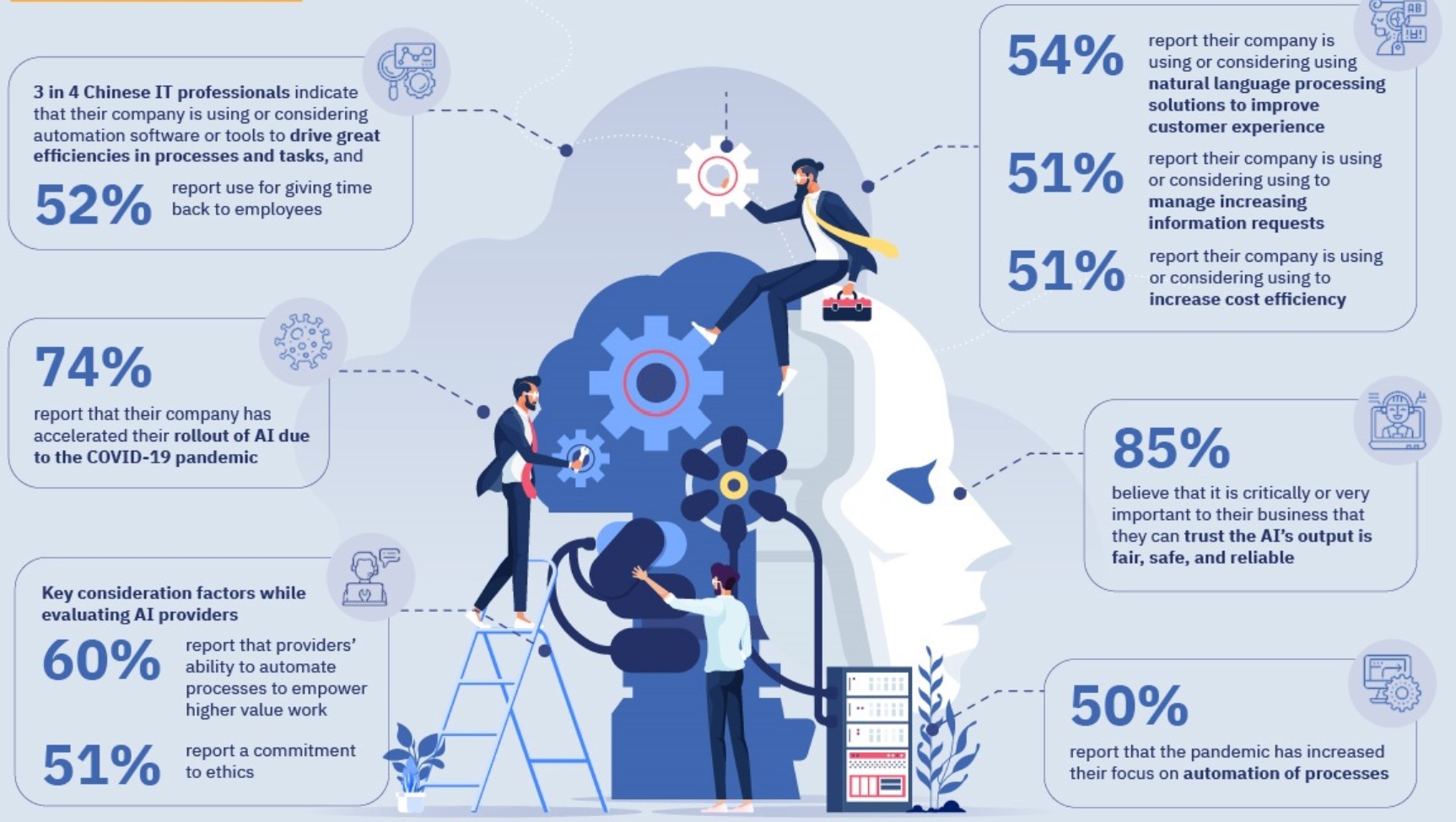Networks of the future must be more predictive, agile, and rapidly scalable to move massive amounts of data in real-time.
Asia’s urban population has steadily increased over the last several years, strengthening its position as the largest and fastest-growing economic bloc, but also bringing added environmental and infrastructure growing pains.
In the mitigation of these issues and priming of the region to capture emerging opportunities, technology such as AI and ML will be a key leveler.
However, underlying these smart technologies is something that serves as the backbone for the smart grids that feed information and data for AI and ML processes: communication networks.
Towards a smarter digital Asia
Smart technologies are helping the region to address environmental, sustainability and governance (ESG) challenges. For instance:
- In Delhi, the implementation of an AI-powered traffic management system is providing real-time insights into congestion patterns to enabled authorities to make better decisions on how to balance and smoothen traffic flows.
- Another example is the use of cloud computing and AI to bring about more efficient public resource management in multiple cities in Asia.
- In Singapore, smart systems are helping in the efficiently monitoring and tracking of public utilities usage and possible conservation.
- In typhoon-prone Cauayan, Philippines, the use of digital twins has helped to improve disaster recovery planning and speed up damage assessment. When Typhoon Ulysses hit Cauayan in mid-November 2020, the digital twin facilitated more efficient disaster responses.
These are just some of the digital applications that can help to make urbanization more sustainable for cities in Asia, and they all leverage communication networks.
As the demand for data transmission speeds grows, the connectivity of communication networks must also lead that growth.
A fundamental ‘network rethink’ needed
While digital applications can make economies more agile and efficient, they also tend to be bandwidth-intensive and latency-sensitive—placing unprecedented demands on communication networks.
For example, most smart city initiatives leverage AI and ML to generate valuable insights. AI and ML-augmented smart devices aggregate billions of data points, generating floods of data of varying traffic types, priorities, and latency-sensitivities, which can cause abnormalities and spikes in network traffic.
The integration of millions of connected devices and mobile ‘citizen sensors’ interacting with machines, users, and clouds, requires a fundamental rethink of the network. To meet the dynamic needs of new smart city platforms, networks must be more predictive, agile, and able to rapidly scale to move massive amounts of data in real-time.
What will make a smart city truly smart is its ability to adapt. Similarly, the networks underpinning cities in Asia will need to adapt to constantly changing dynamics, especially amidst a steep growth in data consumption.
After all, cities are constantly in flux. What is sufficient for smart city network requirements today, may not hold true in the coming years, or even months.

